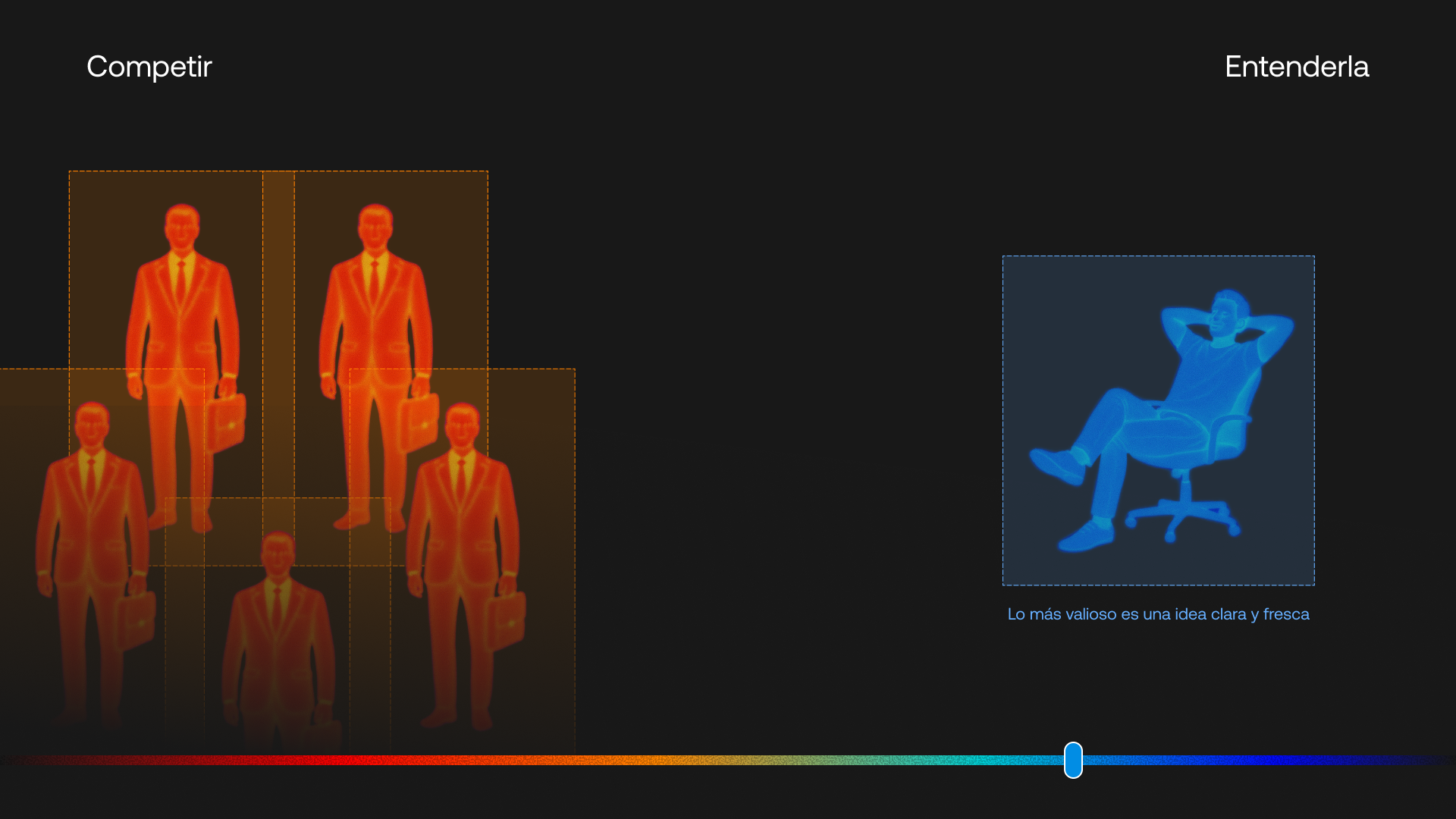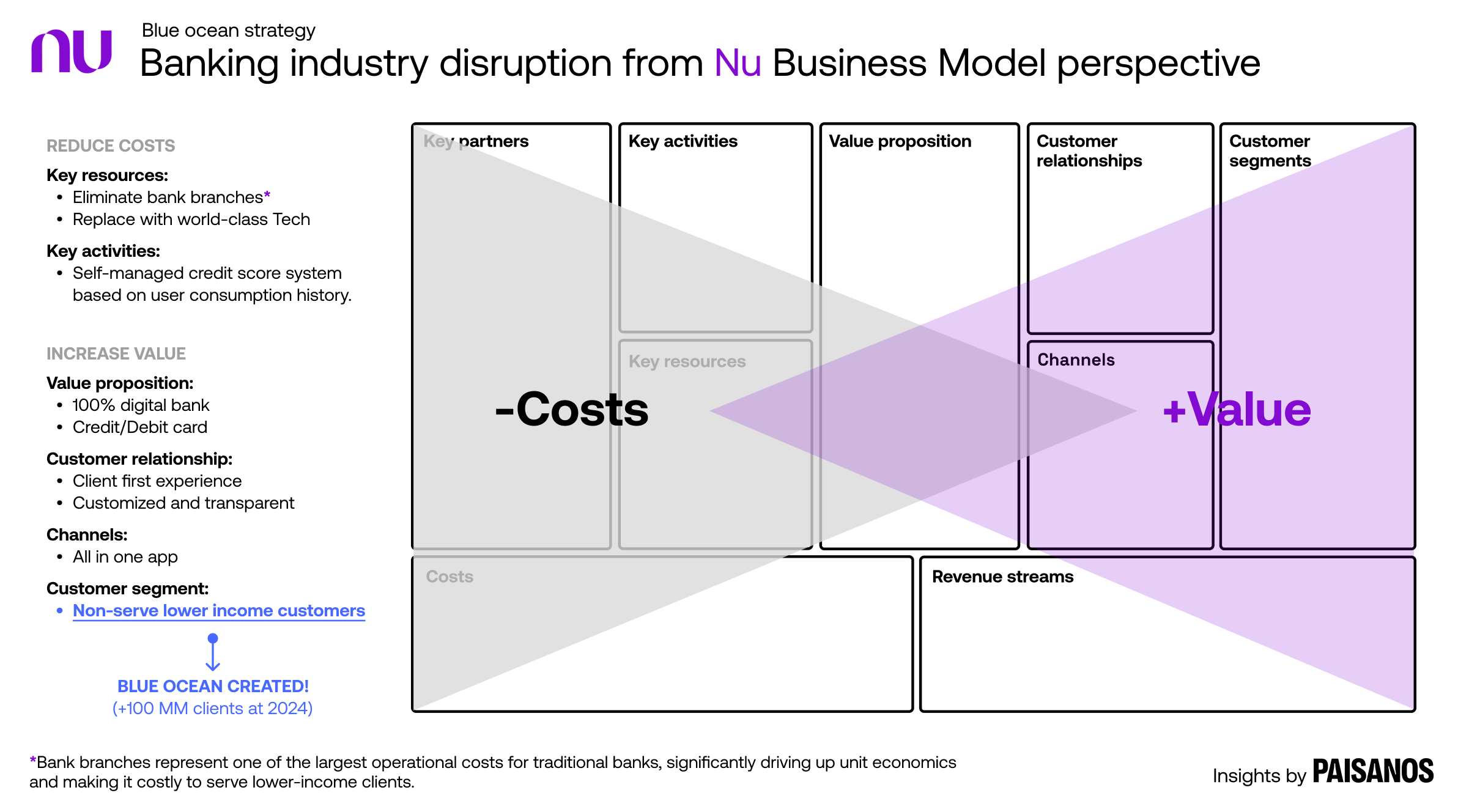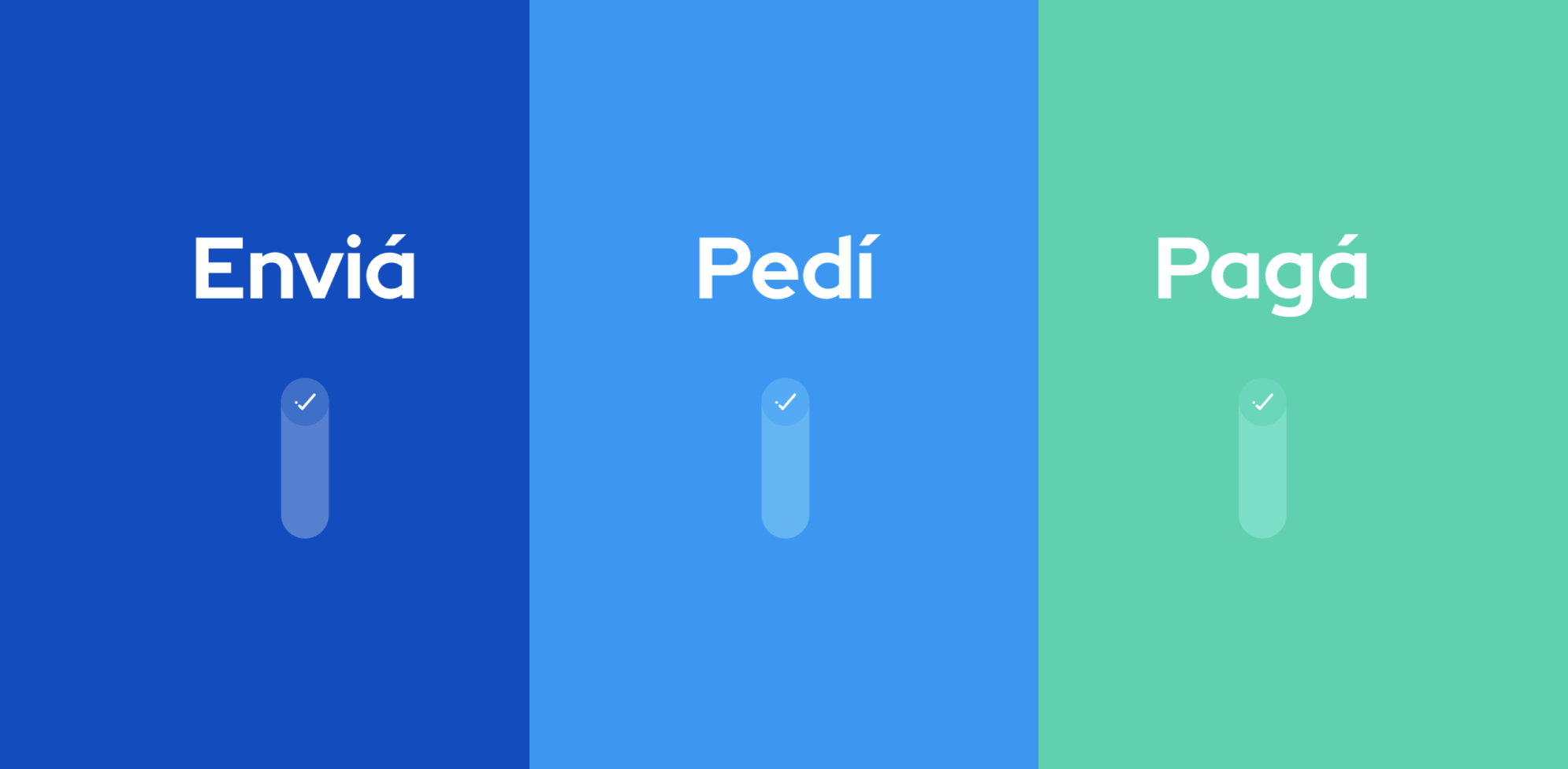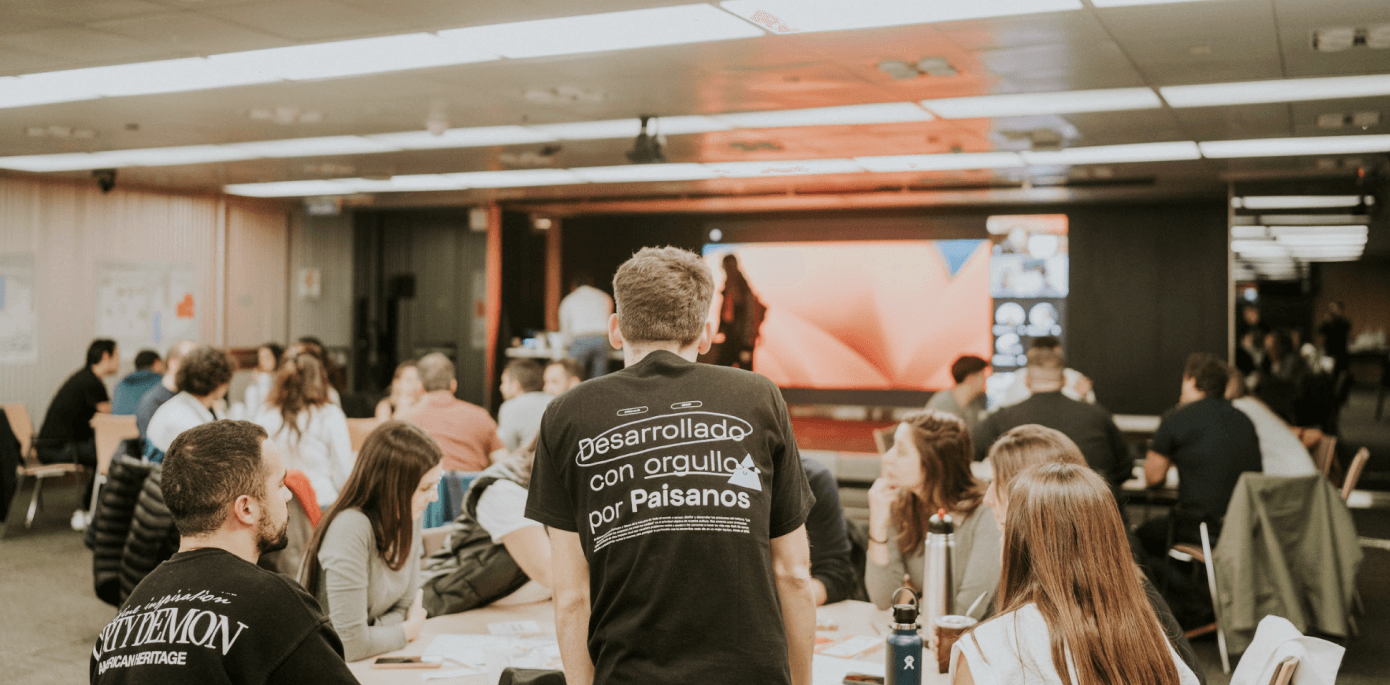How to scale your business when the market gets demanding
In 2025, Latin America’s fintech industry is experiencing one of its most challenging and promising moments. Revolut consolidates its arrival in Argentina with a 100% digital proposal: no branches, no friction, and the promise to redefine millions of people’s relationship with their money.
Many see it as a threat. We see it as the strongest reminder that the real differentiator isn’t reacting faster, but having a clear idea and executing it with precision.
When the market gets more demanding, the only thing separating those who survive from those who lead is the ability to anticipate and design experiences that can’t be ignored.
In this new context, reading the right map makes all the difference. Because it’s not just about competing: it’s about understanding where the attention is, where friction accumulates, and where it’s worth doubling down.

The new fintech map in Argentina and the world
To understand why this moment is so decisive, you only need to look at recent numbers:
In Argentina, the digital wallet and prepaid card market will reach USD 9.84 billion in 2025, growing at an annual rate of 16.6%. At the same time, fintech adoption has already reached 67% of the population, according to GlobeNewswire and Demandsage.
But this phenomenon isn’t just local. Globally, fintechs represent just 3% of total banking revenues, but they’re growing three times faster than traditional banks, according to BCG. In 2024, their revenues grew 21% year-on-year, compared to 6% for the rest of the financial sector. And this year, fintech investment is growing again after the 2022–2023 drop, fueled by the expansion of digital payments, open finance, and BNPL models.
In Argentina, banking digitalization is already widespread: more than 60% of Argentines use digital banking. The local ecosystem now has 383 fintechs, with sustained annual growth of 15% since 2020, and the BNPL market is set to exceed USD 2.15 billion in volume in 2025.
The landscape is full of opportunities. But only those who understand that the answer isn’t adding more isolated features, but rethinking the entire business model, will capture them.
The challenge: Standing out when everyone promises the same
The arrival of players like Revolut raises the bar for expectations: zero fees, flawless user experience, and frictionless access.
Take Nubank as an example—it became the world’s largest digital bank with over 100 million customers thanks to a simple yet powerful strategy: eliminating physical branches, automating critical processes such as onboarding and credit scoring, and offering a value proposition centered on transparency and experience. Its ability to cut operating costs by more than 50% not only changed the economics of banking but also transformed how millions of users perceive it.
You can dive deeper into their story and model in this full Nubank analysis.

If your fintech or bank plans to compete on the same playing field without questioning its core proposition, you’re running an uphill race. The key is to ask yourself: What will you create that others still can’t offer?
Three questions to innovate with purpose
When we work with organizations that want to scale, we don’t think of innovation as an isolated category. We see it as a strategic framework that answers three essential questions:
- How can we break the mold? (Disruptive innovation)
- How can we improve what already works? Sustaining innovation)
- How can we do it faster and more profitably? (Efficient innovation)
This approach allows us to clearly diagnose what kind of change each business needs and to prioritize initiatives with real impact.
Here are some examples that show how these questions can transform results.
Real cases: From idea to execution
MODO: Speed as a competitive advantage
When MODO came to Paisanos, they had an urgent challenge: launch an app in a market dominated by established players like Mercado Pago.
In this project, we primarily activated the question “How can we break the mold?” We bet on a proposal that combined a multisensory user experience with a product so intuitive it could become the standard.
Some results we achieved:
+10 million downloads
+100 million transactions
4.8/5 average rating
How did we do it?
We defined a visual and sound identity alongside Estudio Calendar and Papa Music, created a 360° payment gesture that made each transaction feel natural, and developed an MVP that didn’t look like an MVP.
Read the full MODO case here.

Banco Galicia: Transformation starts with culture
For Galicia, the challenge was different. It wasn’t about launching a new app, but about improving what already worked and making it more agile.
The guiding question was “How can we improve and optimize what exists?”—activating both sustaining and efficiency work.
We trained over 50 leaders and designed more than 10 new business models that not only diversified revenue but also changed the way the organization understood its ability to adapt and grow.
They went from a purely operational focus to managing a strategic portfolio of ideas with different risk levels.
Read the full Banco Galicia case here.

How to spot opportunities when competition multiplies
If you want your fintech to scale when everyone promises the same, you need a clear method for designing relevant value propositions. Here are some practical ideas:
- Map frictions: Identify processes that are costly, slow, or frustrating. Nubank got rid of branches—could you optimize onboarding or recurring payments?
- Find underserved segments: Ask which audiences your competitors aren’t targeting. From unbanked youth in mid-sized cities to older adults looking for simple solutions.
- Design complete experiences: A standalone feature isn’t enough. What sets leaders apart is the holistic experience.
- Test fast: Continuous learning is an asset. MODO and Galicia prove that moving quickly and measuring is more valuable than waiting for perfection.
- Scale with governance: Define a portfolio of initiatives with clear owners, metrics, and investment proportional to risk.
Key trends shaping fintech’s future in 2025
Two major forces are shaping the industry today:
- Advanced cybersecurity: Digital acceleration brings new risks. MFA, biometrics, and AI-based fraud detection are standard, not optional.
- Open Finance as default: Data openness and API-based integration are inevitable. Those who can orchestrate personalized products will hold a competitive edge that’s hard to match.
The time to change your game’s rules is now
Revolut’s arrival doesn’t signal the end for local fintechs. It marks the beginning of an era where standing out will matter more than ever.
In a more demanding market, a clear idea might just be the most valuable asset. The question isn’t whether you’ll transform, but when—and with what purpose.
If you want to scale with strategic vision, transform your culture, or design products that redefine the category, we can help.
Check out our cases or book a meeting, and we’ll share what we’re thinking.















